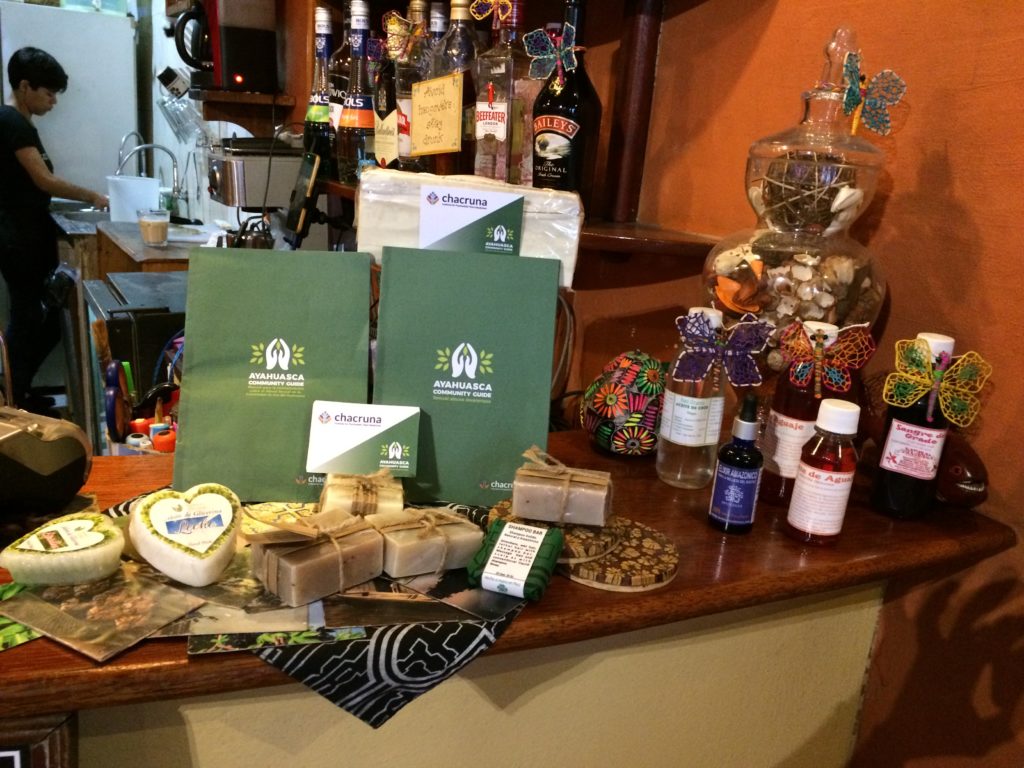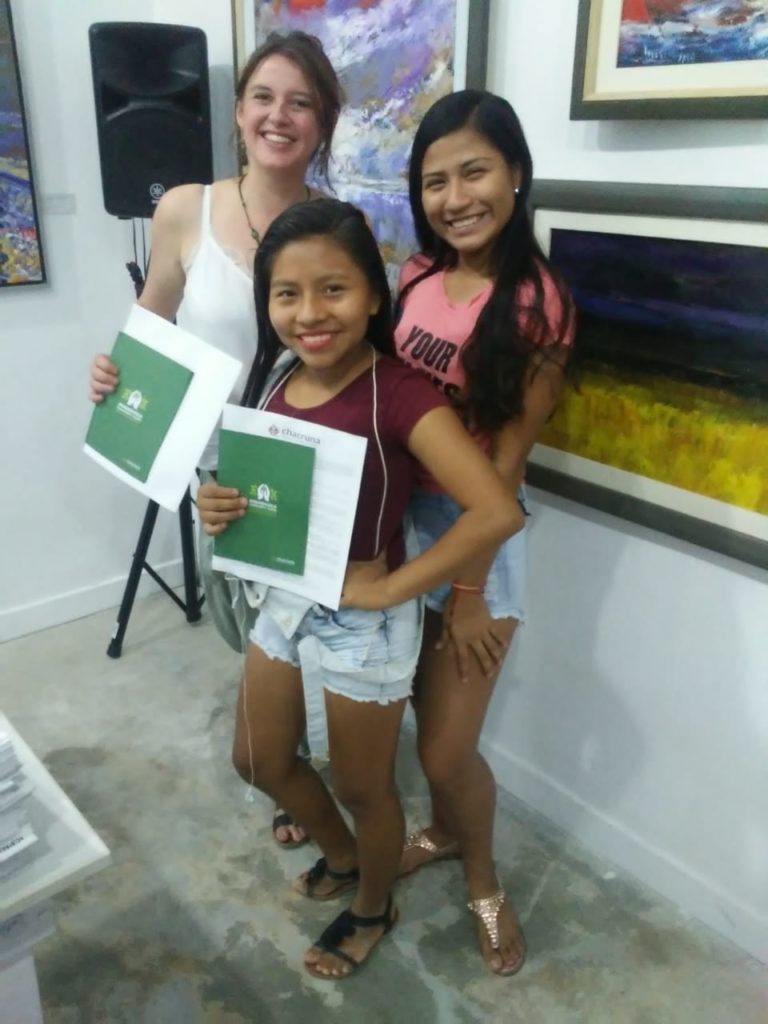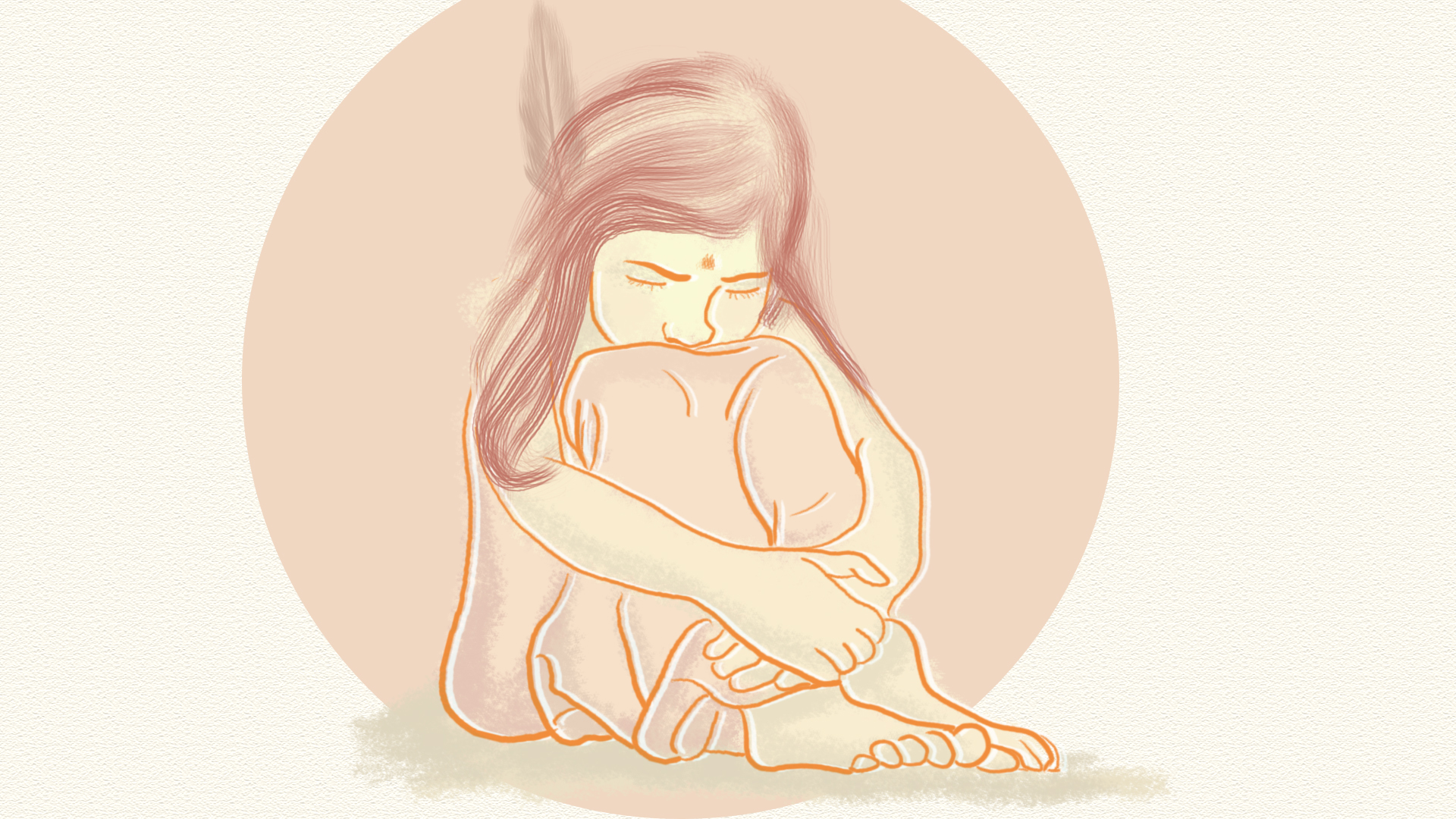- Breaking Convention Conference Lives Up to Its Psychedelic Reputation - May 31, 2023
- Creating Awareness on Sexual Abuse in Ayahuasca Communities: A Review of Chacruna’s Guidelines - February 8, 2022
- Iquitos, Capital of Ayahuasca, Struggles During COVID - October 19, 2020
As part of our efforts to disseminate the Ayahuasca Community Guide for the Awareness of Sexual Abuse I traveled to Iquitos, Peru during the summer of 2019. Iquitos is an international mecca of ayahuasca shamanism and the hub of the “ayahuasca industry,” visited by thousands of ayahuasca seekers each year. I, too, was a novice ayahuasca seeker six years ago when I first drank ayahuasca at a retreat center as a volunteer. Since then, I have spent most of my time living in the region; first, running a small ayahuasca center with a local shaman in a community outside of Iquitos; later, as an anthropologist conducting doctoral fieldwork while assisting in another ayahuasca center; and, most recently, as an integrated and practicing member of the Iquitos medicine community, as researcher and representative for Chacruna’s Ayahuasca Community Committee. Chacruna created the committee to address key issues of concern for the global ayahuasca community and provide support and advice for participants and practitioners. The Ayahuasca Community Guide for the Awareness of Sexual Abuse was the committee’s first initiative.

I realized that sexually aggressive or manipulative behavior was quite commonplace in the ayahuasca community
It was my own experiences living and working in the Iquitos region that motivated me to collaborate with this project. When I began coordinating retreats, it initially surprised me just how many people coming through the center had suffered sexual abuse in the past. Indeed, many people turn to ayahuasca to help to heal sexual trauma and have done so with positive results. It was even more shocking, therefore, to discover that sexual abuse was also quite prevalent in ayahuasca “healing” contexts. Like many women entering ayahuasca ceremonial spaces for the first time, I, too, experienced sexual harassment during the first few weeks of my time in the Amazon, when someone presenting himself as a shaman attempted to rape me. I did not realize at the time that this behavior was widespread, but instead, blamed myself for being naïve. Since then, though, through my own and others’ experiences, I realized that sexually aggressive or manipulative behavior was quite commonplace in the ayahuasca community but, apart from anecdotal sharing and warning, very little was being done about it.
Chacruna’s key hope with the guidelines is that by spreading awareness of how sexual abuse happens in a variety of ayahuasca contexts, this will assist in raising awareness of sexual abuse and in combating it by highlighting typical scenarios of abuse in ayahuasca settings and providing practical advice for ceremonial participants to enable them to make choices regarding their own safety. Sexual abuse in ayahuasca settings mostly happens to women yet the information that the guidelines contain is relevant across genders. The process of writing the guidelines involved collaboration with victims and survivors, long-term practitioners and participants across diverse ayahuasca contexts and communities, consultation with colleagues across the psychedelic community and experts of sexual abuse, as well as drawing on research and our primary team’s fieldwork experience as anthropologists and participants in ayahuasca communities.

In addition to aiming to inform individuals, the guide encourages collective responsibility for this problem and promotes positive dialogue about the issues surrounding sexual abuse that extend across gender and cultural boundaries.
Along with more general safety guidelines encouraging potential participants to check out the center and healer through community contacts and to drink with trusted companions, we offer more specific guidelines aimed at empowering women in such contexts by informing them about what is and is not usual practice so that they are able to recognize “red flags” and may feel more confident about speaking up when something doesn’t feel right. For instance, the guide raises awareness of the risk of abuse within one-on-one individual healings where women may be asked to unnecessarily remove their clothes. We also draw attention to the problem of romanticizing shamanic healers and address the significant issue of seemingly consensual sex between healer and participant in what might involve uneven power dynamics and subsequent manipulations. In addition to aiming to inform individuals, the guide encourages collective responsibility for this problem and promotes positive dialogue about the issues surrounding sexual abuse that extend across gender and cultural boundaries. We have been promoting the guidelines internationally through NGOs, conferences, and the media, as well as curating a series of articles focusing on the issue of sex and power in psychedelic and healing spaces.
As part of our efforts to disseminate the guidelines I travelled back to Iquitos during the summer, the high time of the tourism season. I distributed the Guidelines for the Awareness of Sexual Abuse across ayahuasca tourist information hubs such as popular cafes and hostels across Iquitos, as well as the national Peruvian tourism agency, i Peru. The regional representatives were enthusiastic to have neutral safety information they could offer to ayahuasca tourists, which was previously unavailable. They now have the guidelines displayed at their regional offices and are working to have them made available through their national website. I also met with the Ministry for Tourism and the British consul in Iquitos who welcomed these resources and have shared them with the British Embassy in Lima in the interest of raising awareness and potentially informing the future publication of safety advice for foreign travelers.
Before, during, and after my fieldwork in Iquitos, I have had many formal and informal discussions about the guidelines with locals and Westerners across the community, including center owners and facilitators, healers, ceremonial participants, business owners, artisans, and other residents. Newcomers to the region and ayahuasca first-timers were surprised that sexual abuse occurs in this context at all. This, indeed, is the main reason that this information and advice needs to be made available and accessible to all.

The lack of knowledge about the potential for abuse in ayahuasca settings is partly due to the suppression of these issues by members of the community, something I also experienced during this process. A prominent figure in the region showed apparent support when I first contacted him about the initiative, but then tried to argue that sexual abuse is no longer a problem in the Iquitos region—something I, of course, knew not to be true; he then explained that if anyone does experience abuse, it is being dealt with by an insider organization—something I also knew not to be true, due to my close connections with this group, unbeknownst to him.
It is essential in our efforts to overcome this problem that we first acknowledge that sexual abuse is indeed happening within healing communities, as well as beyond them.
This example is demonstrative of how sexual abuse in ayahuasca spaces is still being suppressed by some people in the community. Such individuals are either complicit in it, do not welcome supposed “outsider” intervention, or do not want to draw attention to negative aspects of ayahuasca culture in the interest of protecting its reputation. This is a dangerous approach, which we are gladly beginning to move beyond. It is essential in our efforts to overcome this problem that we first acknowledge that sexual abuse is indeed happening within healing communities, as well as beyond them.
Local authorities may also be resistant to acknowledging the existence of sexual abuse. For example, one of my research participants recalled that when she went to the police station to lodge a complaint against an ayahuasquero who had sexually abused her, the policemen did nothing more than laugh. Officers went so far as to suggest that the fault was hers, thus causing her further trauma. Considering this possibility, Chacruna also created the Legal Resources Companion to the Guidelines, which provides information about laws relating to sexual abuse in popular destinations for ayahuasca in South America and a list of helpful organizations where victims and survivors can seek reliable support. These are currently available for Peru and Brazil online through our website via this link.
In addition to ayahuasca settings, my research participants explained that sexual abuse is, unfortunately, a problem across the wider community in Iquitos. Local people especially emphasized the importance of education to address the issue. These conversations are inspiring the formulation of future projects that will benefit local as well as Western people in the community and the Iquitos region, for which we are currently seeking funding. These projects are planned partly in collaboration with the Instituto Cultural Peruano in Iquitos, a language and cultural education center where I also had the privilege of presenting the guidelines to local students.
More engagement of this kind with local and young people would be beneficial for all. The director of the Instituto Cultural emphasized the need for cross-cultural communication to enhance education and broaden perspectives in the local community. The students at the Institute were very responsive and keen to discuss the issues the guidelines address, as well as wider issues including the growth of the ayahuasca industry in the community and the resulting influx of Westerners to the region.

If you would like to support the ongoing work of Chacruna’s Ayahuasca Community Committee, please donate through our current campaign here.
Local people are generally welcoming of foreign visitors showing curiosity rather than dislike towards them. Yet, there is a lot of confusion in the locality as to why so many outsiders are attracted to ayahuasca healing, as well as a lack of knowledge and education about some of the social and environmental issues that motivate Western participation in ayahuasca shamanism. The students I spoke with at the Institute, like most local people, do not partake in ayahuasca ceremonies. This is due partly to the influence of Christianity and other influences, like the pharmaceutical industry in the region. Many local people in the city refer to Western ayahuasca drinkers there as “crazy gringos,” and many are far more attracted to what they perceive as “exotic” Western lifestyles than they are to natural medicine and healing traditions. However, it was a wake-up call for me when a couple of the students from my presentation group asked me, a white British girl, how they might access ayahuasca. As this encounter revealed, Amazonians in urbanized regions may sometimes be disconnected from their local traditions. While the growth of Western participation in shamanic practice is creating interest and curiosity for some, it is not necessarily enabling greater access for local people. Within ayahuasca contexts, the division, in many cases, between Western and local Amazonian people, and the lack of understanding that exists between them, is a significant issue and, indeed, a causal factor of many kinds of exploitation. In Iquitos, and I’m sure more widely, there is a great need for improved cross-cultural communication and exchange. In addition to addressing safety concerns for ceremonial participants, our forthcoming projects will also give back to the local residents through educational community outreach events and initiatives that serve both Amazonian and Western groups and encourage reciprocal relations between them. If you would like to support the ongoing work of Chacruna’s Ayahuasca Community Committee, please donate through our current campaign here.
Art by Mariom Luna.
Take a minute to browse our stock:
Did you enjoy reading this article?
Please support Chacruna's work by donating to us. We are an independent organization and we offer free education and advocacy for psychedelic plant medicines. We are a team of dedicated volunteers!
Can you help Chacruna advance cultural understanding around these substances?
















